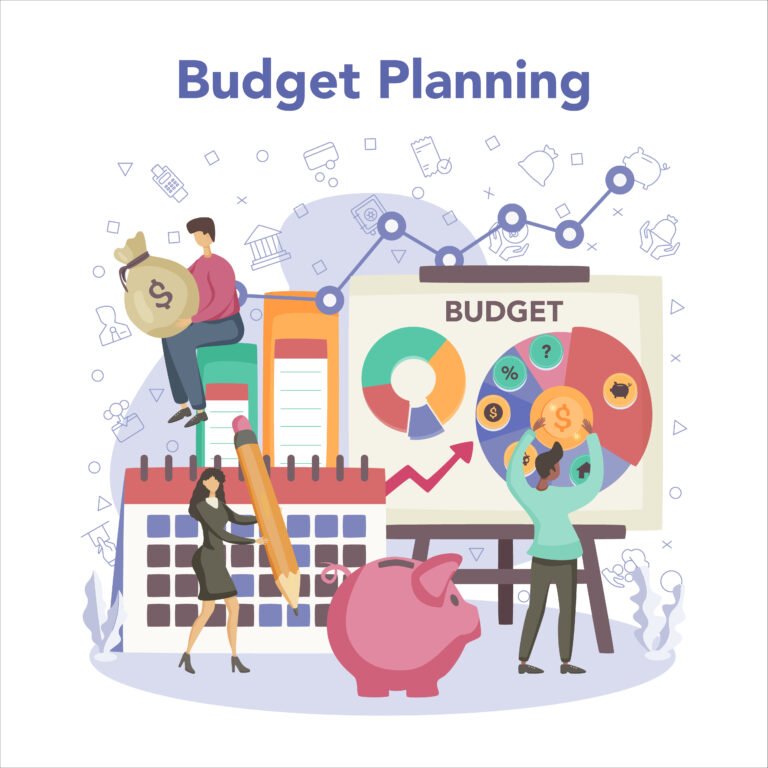1. Understanding Retirement Goals
What Does “Retire Rich” Really Mean?
“Retire rich” means different things to different people. For some, it’s having enough money to live comfortably without worrying about daily expenses. For others, it’s achieving financial independence to pursue passions, travel, or leave a legacy. Understanding what “rich” means to you personally is the first step to setting meaningful retirement goals.

Table of Contents
The Importance of Realistic Goal Setting
Setting realistic and achievable goals prevents frustration and keeps you motivated. Unrealistic expectations—like assuming extremely high investment returns or ignoring inflation—can lead to disappointment and poor planning. Realistic goals are based on your current financial situation, lifestyle needs, and market realities.
Aligning Your Goals With Your Lifestyle Expectations
Your retirement goals should reflect how you want to live your life after work. Consider your desired location, activities, family commitments, and health care needs. By aligning your financial targets with these lifestyle choices, your goals become more relevant and achievable.
2. Assessing Your Current Financial Situation
Calculating Your Net Worth
Your net worth is the snapshot of your financial health — it’s the total value of your assets (like savings, investments, property) minus your liabilities (debts, loans, mortgages). Regularly calculating your net worth helps you understand where you stand today and how far you need to go to reach your retirement goals.
Tracking Income, Expenses, and Savings
To build an effective retirement plan, you must know your cash flow. Track your income sources and monthly expenses diligently. This helps identify how much you can realistically save each month and where you can cut costs to boost your retirement savings.
Understanding Your Debt and Its Impact on Retirement
Debt can significantly affect your ability to save for retirement. High-interest debts drain your finances and delay wealth-building. Assess your debt load and create a plan to pay it down efficiently, so it doesn’t undermine your retirement security.
3. Estimating Real-Life Retirement Expenses
Essential vs. Discretionary Spending in Retirement
When planning for retirement, it’s crucial to separate your essential expenses—like housing, food, utilities, and healthcare—from discretionary spending, such as travel, hobbies, and dining out. Understanding this split helps you prioritize and budget effectively.
Factoring in Healthcare Costs
Healthcare often becomes a larger part of your budget as you age. Include costs for insurance premiums, medications, routine checkups, and unexpected medical emergencies to avoid surprises down the road.
Inflation and Its Effect on Future Expenses
Inflation erodes purchasing power over time, meaning your retirement expenses will likely increase. Incorporate realistic inflation rates into your planning to ensure your savings keep pace with rising costs.
4. Setting Clear and Measurable Retirement Goals
Defining Your Desired Retirement Age
Knowing when you want to retire helps you calculate how many years you have to save and invest. Early retirement requires more aggressive planning, while a later retirement might give you more time to grow your nest egg.
Target Retirement Corpus: How Much Do You Need?
Calculate the total amount of money you’ll need to support your retirement lifestyle. This includes covering essential expenses, discretionary spending, healthcare, and any legacy goals. Using realistic assumptions about inflation, investment returns, and life expectancy will make your target more accurate.
Incorporating Contingency Buffers for Unexpected Events
Life is unpredictable, so your retirement plan should include buffers for emergencies like health issues, market downturns, or unexpected family needs. Setting aside a contingency fund helps protect your retirement security.
5. Aligning Investment Strategies With Your Goals
Risk Tolerance and Time Horizon
Your investment strategy should reflect how much risk you’re comfortable taking and how much time you have until retirement. Younger investors with a longer horizon can usually afford higher-risk, higher-return investments, while those closer to retirement often prioritize stability and capital preservation.
Diversifying Your Investment Portfolio
Diversification—spreading your investments across different asset classes like stocks, bonds, real estate, and cash—helps reduce risk. A well-diversified portfolio can better withstand market fluctuations and improve the chances of steady growth over time.
Using Realistic Return Assumptions Based on Historical Data
Avoid overestimating potential returns. Base your investment expectations on historical performance data and adjust for current market conditions. Conservative, realistic return assumptions help prevent shortfalls in your retirement savings.
6. Creating a Savings Plan That Works
How Much to Save Monthly or Annually
Determine a savings target based on your retirement goals and timeline. Use retirement calculators to figure out how much you need to put aside each month or year to reach your target corpus. Consistency is key—small, regular contributions can grow significantly over time thanks to compounding.
Leveraging Tax-Advantaged Retirement Accounts
Make the most of accounts like 401(k)s, IRAs, or local equivalents that offer tax benefits. These accounts can help your savings grow faster by reducing your taxable income now or allowing tax-free withdrawals later, depending on the plan type.
Adjusting Contributions as Your Financial Situation Changes
Life circumstances and income can change, so review and adjust your savings rate periodically. Increasing contributions when you get raises or paying down debts faster can accelerate your path to retirement. Likewise, don’t hesitate to scale back temporarily if needed, but get back on track as soon as possible.
7. Monitoring and Adjusting Your Goals Over Time
Regularly Reviewing Your Progress
Consistently track your retirement savings and investments to see if you’re on course. Regular check-ins—quarterly or annually—help you identify gaps early and make timely adjustments.
Adapting to Life Changes and Market Fluctuations
Life events like job changes, family needs, or health issues, and market volatility can impact your retirement plan. Be flexible and willing to update your goals and strategies to reflect new realities.
Knowing When to Reassess Your Retirement Plans
As you approach retirement age, reevaluate your goals to ensure they still fit your lifestyle and financial situation. Sometimes, it may mean adjusting your retirement age, spending expectations, or investment approach.
8. Avoiding Common Goal-Setting Mistakes
Overestimating Investment Returns
Many people assume their investments will grow faster than realistic historical averages. This can lead to setting goals that are too ambitious and falling short later.
Underestimating Expenses and Inflation
Failing to account for rising costs over time or unexpected expenses like healthcare can cause serious shortfalls in retirement funds.
Ignoring the Impact of Taxes on Retirement Income
Taxes can significantly reduce your retirement income if not planned for properly. Make sure to consider how different income sources will be taxed during retirement.
9. Tools and Resources to Help You Plan
Retirement Calculators and Financial Planning Apps
Leverage online retirement calculators and budgeting apps to estimate how much you need to save and track your progress. These tools can simulate different scenarios and help you visualize your retirement journey.
Working With a Financial Advisor
A professional advisor can offer personalized advice, help optimize your investment strategy, and keep you accountable. Choose someone who understands your goals and fee structure transparently.
Educational Resources for Financial Literacy
Boost your financial knowledge through books, podcasts, online courses, and workshops. The more you understand about money management, investing, and retirement planning, the better decisions you’ll make.
10. The Psychological Side of Retirement Planning
Staying Motivated Through Long-Term Goals
Retirement planning is a marathon, not a sprint. Celebrate milestones along the way to keep your motivation strong and remind yourself why you’re saving.
Balancing Enjoyment Today vs. Security Tomorrow
Finding the right balance between enjoying your current lifestyle and saving for the future helps prevent burnout and financial stress.
Building Confidence Through Knowledge and Planning
Educating yourself about finances and having a clear plan boosts confidence. Knowing you have a strategy reduces anxiety about the future and empowers you to make smart decisions.
Read Also: Lump Sum vs. Monthly Investment: What Grows Your Wealth Faster?






